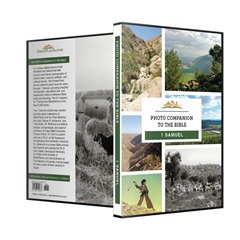“Egyptian archaeologists have unearthed a collection of ancient tools that were used in religious rituals from the Temple of the Pharaohs (Boto) in Kafr El-Sheikh governorate north of Cairo.
The tomb of King Djoser in Saqqara has been reopened after restoration.
“A mass grave uncovered in Sidon, Lebanon, has shed new light on the Crusades and on the cruelty of medieval warfare.”
The United Nations announced that a 3,500-year-old tablet containing the Epic of Gilgamesh was returned this week to Iraq.
Most of Iran’s 746 museums have reopened after being closed due to Covid.
Istanbul’s Hisart Live History Museum covers a wide range of historical periods and features a large collection of diorama art.
“A team of Polish archaeologists in Nea Paphos, Cyprus have unearthed a 1,500-year-old two-sided amulet depicting a palindrome inscription written in ancient Greek.”
A digital interactive guide has been launched to provide visitors with information about the 205 archaeological museums in Greece.
Zoom lecture on Oct 6: “Alexander the Great: His Career, Character, and What Made Him ‘Great,’” by Jennifer Tobin.
Zoom webinar on Oct 13-15: “Work/Life: Institutions, Subjectivities and Human Resources in the Roman World,” hosted by the NYU Center for Ancient Studies.
HT: Agade, Ted Weis, Arne Halbakken, Joseph Lauer, Explorator, Charles Savelle

